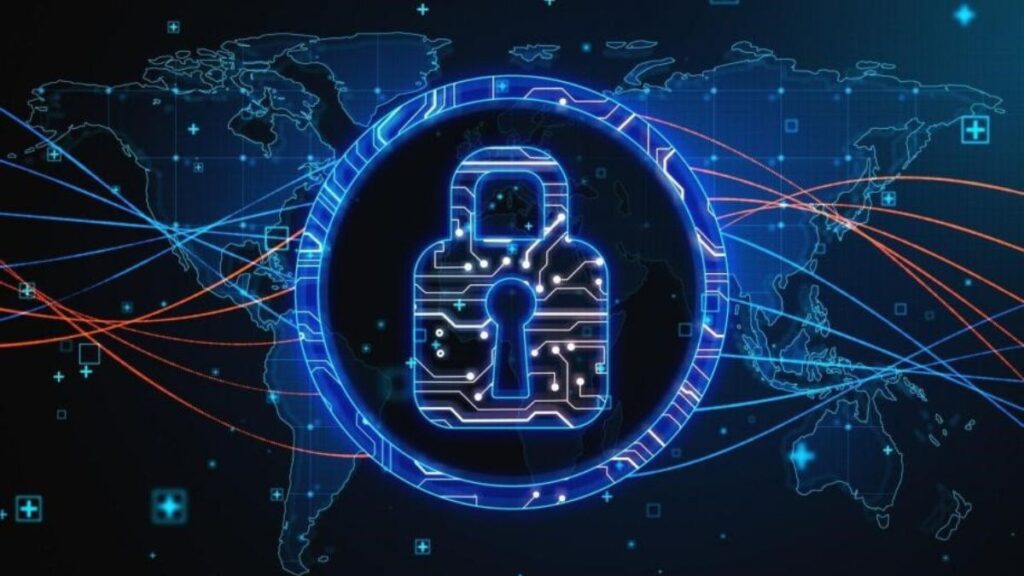The internet has become an essential part of our lives. We use it to connect with friends, shop, and even manage our finances. But as technology improves, cybercriminals are finding new ways to steal sensitive information. Protecting data has never been more important, and multi-factor authentication (MFA) has become one of the best ways to keep it safe. This method adds extra steps to verify a user’s identity before they can access their accounts. Let’s explore how MFA works, how it has evolved, and what its future might look like.
How Multi-Factor Authentication Began
When people first started using the internet, they relied on passwords to protect their accounts. A password was a simple way to ensure only authorized users could gain access.
But as hackers developed tools to guess or steal passwords, relying on them alone became risky. This led to the creation of multi-factor authentication, which requires more than one piece of evidence to verify a user’s identity.
Early versions of MFA included using a password along with a code sent to a user’s phone. This two-step process added security, making it harder for cybercriminals to break in.
Why Multi-Factor Authentication is Important
MFA works by requiring users to provide two or more types of information to confirm their identity. These can be something they know, like a password; something they have, like a phone or a special key; or something they are, like a fingerprint.
For example, if a hacker steals your password, they would still need your phone or fingerprint to log in. This extra layer of protection has made MFA one of the most effective tools in cybersecurity.
New Trends in Multi-Factor Authentication
As technology continues to improve, so does MFA. New trends are making this security tool even stronger and easier to use. Let’s take a look at some of the exciting changes happening in the world of MFA.
Biometric Authentication
Biometric authentication uses physical traits, like fingerprints or facial recognition, to verify a user’s identity. These features are unique to each person, making them difficult for hackers to copy.
Adaptive Authentication
Adaptive authentication is a smart way to adjust security based on the situation. For instance, if a user logs in from a familiar device or location, the system might only ask for a password.
Passwordless Login
Passwords are often hard to remember and easy to steal. That’s why many companies are moving towards passwordless login systems. This shift not only improves security but also makes logging in faster and simpler.
The Role of Artificial Intelligence in MFA
Artificial intelligence (AI) is playing a big role in improving MFA. AI can learn how a user normally behaves, such as when and where they log in or what devices they use.
The system flags unusual activity. For example, if there’s a login attempt from a different country, it may ask for extra verification. This real-time analysis helps stop cybercriminals before they can cause harm.
Exciting Innovations in Multi-Factor Authentication
As MFA evolves, several innovations are shaping its future. These advancements aim to make MFA not only more secure but also easier for people to use.
Blockchain Technology
Blockchain technology is best known for powering cryptocurrencies, but it can also improve MFA. By decentralizing data, blockchain makes it harder for hackers to target a single point of weakness.
User-Friendly Designs
Many people find MFA annoying because of the extra steps it requires. To solve this problem, developers are focusing on creating user-friendly designs. By making MFA tools simpler and more intuitive, more people are likely to adopt them.
Securing IoT Devices
The Internet of Things (IoT) connects everyday devices, such as smart thermostats and wearable fitness trackers, to the internet. As these devices become more common, they also become targets for cybercriminals. Adding MFA to IoT devices can help protect them from unauthorized access, keeping personal data safe.
Challenges Facing Multi-Factor Authentication
While MFA offers many benefits, it also faces challenges. These issues must be addressed to ensure MFA remains effective in the fight against cybercrime.
User Resistance
Some people resist using MFA because they feel it’s inconvenient. They might not want to carry a hardware token or remember extra steps. Educating users about the importance of MFA and showing them how easy it can be to use is key to overcoming this resistance.
Vulnerable Channels
Not all MFA methods are equally secure. For example, codes sent via SMS can be intercepted by attackers. This has led to a push for stronger methods, such as authentication apps or biometric verification, which are less vulnerable to cyber threats.
The Future of Multi-Factor Authentication
Looking ahead, the future of MFA looks promising. Advances in technology and growing awareness of cybersecurity threats are driving changes that will make MFA even more effective.
Stricter Regulations
Governments around the world are introducing regulations that require organizations to adopt stronger security measures, including MFA. These rules aim to protect users and their data from cyber threats. As a result, businesses are investing in more advanced MFA solutions to comply with these regulations.
Greater Awareness
As cyber attacks become more common, people are becoming more aware of the importance of cybersecurity. This growing awareness is leading to wider adoption of MFA, both by individuals and organizations. When more people use MFA, it becomes harder for cybercriminals to succeed.
Collaboration with Cybersecurity Experts
Many organizations are partnering with cybersecurity companies to improve their MFA systems. These experts provide advanced tools and advice to help businesses stay ahead of cyber threats. Firms like loginfactor.com secure login solution can offer advanced MFA technologies to further bolster security.
How Organizations Can Use MFA Effectively
To make the most of MFA, organizations need to plan carefully. Here are some ways they can ensure their MFA strategies are successful:
Assess Risk
Organizations should determine which systems and data are most at risk and prioritize protecting them with MFA.
Educate Users
Teaching employees and customers about the benefits of MFA can encourage them to embrace it.
Test Regularly
MFA systems should be tested frequently to identify and fix any weaknesses.
A Safer Digital Future
Multi-factor authentication is an essential tool in the fight against cybercrime. As technology continues to advance, MFA is becoming more sophisticated and easier to use.
Innovations such as biometric authentication, AI, and blockchain are changing how we secure sensitive information. By adopting these advancements and addressing challenges, organizations can create a safer digital world for everyone.
For more helpful tips, check out the rest of our site today.







